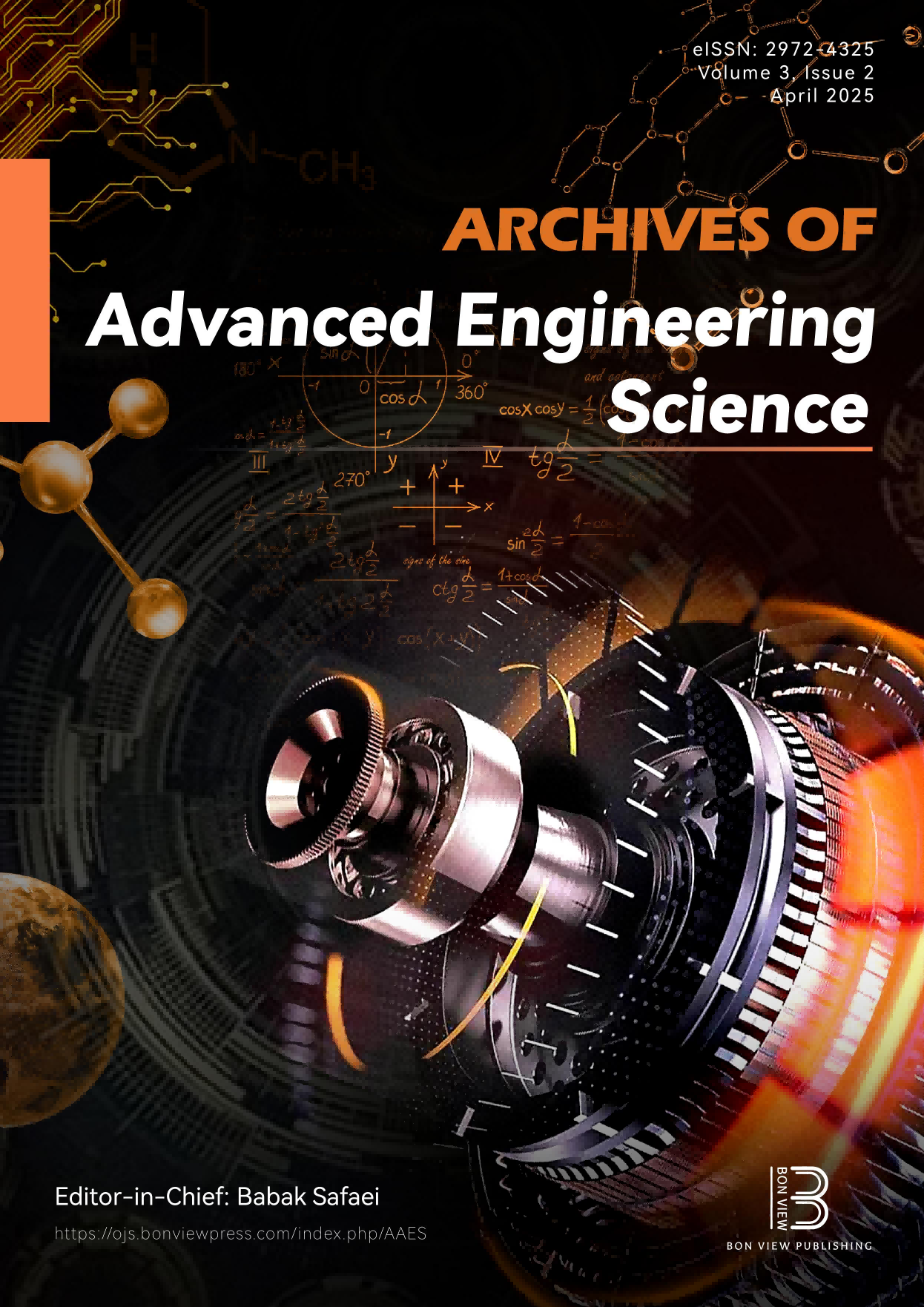Estimation of the Maximum Angular Position for Cutting Roof Rock Material
DOI:
https://doi.org/10.47852/bonviewAAES42022859Keywords:
rock, angular position, depth of cut, mining, construction, rock cuttingAbstract
In the mining and construction industry, the picks on an excavation machine often need to cut different rock types within the same drum revolution. If a rock type is much stronger than others, cutting this type of rock will often have a significant impact on the failure rates and performance of the picks and excavation machine. Therefore, it is necessary to understand the maximum angular position for cutting this type of rock, especially when it is hard rock. The accuracy of the maximum angular position for cutting the hard rock in a drum revolution affects the accuracy of the analysis of the maximum depth of cut for cutting the hard rock. It also affects the drum balance. In this paper, a method is developed to accurately calculate the maximum angular position for hard rock cutting based on the roof rock cutting in coal mining. In some cases, a simple but approximate method can be used to estimate the maximum angular position. One such case is when the strength differences between different rock types are not significant. The comparison of the influences of the accurate results on the pick performance analysis with that of the results given by the approximate method is also conducted. It shows that when the ratio of the height of the roof rock being cut to the tip-to-center cutting radius is 0.5, the maximum depth of cut in a drum revolution is less than 73 mm and the tip-to-center cutting radius is greater than 700 mm, the relative analysis error caused by the approximate method is less than 6%.
Received: 19 March 2024 | Revised: 28 June 2024 | Accepted: 9 July 2024
Conflicts of Interest
The authors declare that they have no conflicts of interest to this work.
Data Availability Statement
Data available on request from the corresponding author upon reasonable request.
Author Contribution Statement
Yong Sun: Conceptualization, Methodology, Validation, Formal analysis, Investigation, Writing - original draft, Writing - review & editing. Xingsheng Li: Formal analysis, Writing - review & editing. Hua Guo: Conceptualization, Writing - review & editing.
Downloads
Published
Issue
Section
License
Copyright (c) 2024 Authors

This work is licensed under a Creative Commons Attribution 4.0 International License.


